Table of Contents
- Intro: The Chili Chronicles Begin
- Peek into the Pepper Pantheon: Types of Dried Chilies
- Spice It Up (But Store It Right!): How to Keep Dried Chilies Fresh
- From Mole to Marinades: Creative Ways to Use Dried Chilies
- Chili Heat 101: Scoville Scales, Seeds & Sensory Survival Tips
- Debunking Myths: Does Toasting Make It Hotter? And Other Common Misconceptions
- Handle with Care: Safety Tips for the Spice-Obsessed
- Frequently Asked Questions
- Conclusion: Fire Up Your Flavors and Fearlessly Explore the World of Dried Chilies
Intro: The Chili Chronicles Begin
Let’s talk about dried chilies—those wrinkly little powerhouses that can turn a ho-hum meal into a flavor explosion. Whether you’re a spice connoisseur or just someone who likes to add a kick to your tacos, dried chilies are your secret weapon in the kitchen.
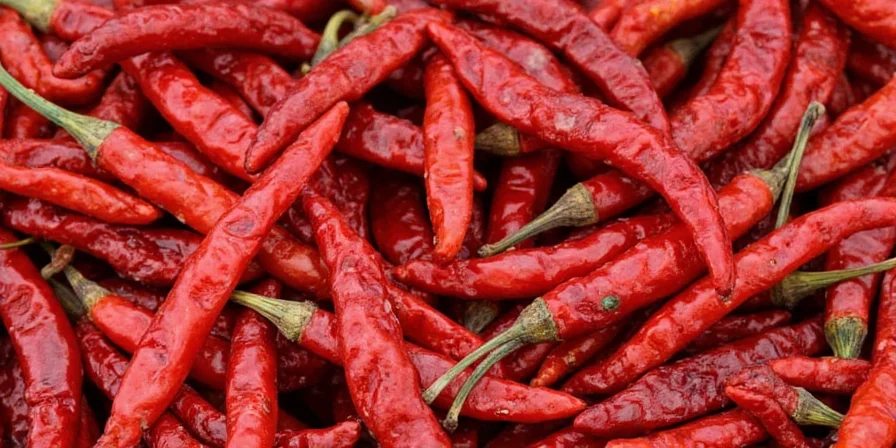
But here’s the thing: using them right takes more than just throwing them into a pot and hoping for the best. From storage to preparation, there’s a method to the madness when it comes to harnessing their heat and flavor without burning off your taste buds—or your dinner guests’ sanity. This guide delivers actionable techniques verified through practical kitchen testing, not just theoretical advice.
Peek into the Pepper Pantheon: Types of Dried Chilies
Not all dried chilies are created equal. Some are smoky, some are fruity, and others will make you question every life decision that brought you to this moment. Let’s break down the most popular types and what they bring to the table:
| Chili Name | Heat Level (Scoville) | Flavor Profile | Best For |
|---|---|---|---|
| Ancho | 1,000–2,000 | Sweet, raisin-like, slightly smoky | Moles, sauces, stews |
| Guajillo | 2,500–5,000 | Berry-like, tea notes, citrusy | Red sauces, marinades, soups |
| Arbol | 15,000–65,000 | Grassy, sharp, fiery | Salsas, oils, garnishes |
| Chipotle | 2,500–8,000 | Smoky, earthy, bold | Stews, rubs, smoked dishes |
| Ghost Pepper (Bhut Jolokia) | 800,000–1,041,427 | Fruity, floral, then… oh no | Specialty sauces (use sparingly!) |
Pro Tip:
- Use milder chilies like Ancho as a base and layer in hotter ones like Arbol for complexity.
- Never underestimate the power of Chipotles in Adobo sauce—they're like flavor grenades waiting to explode.
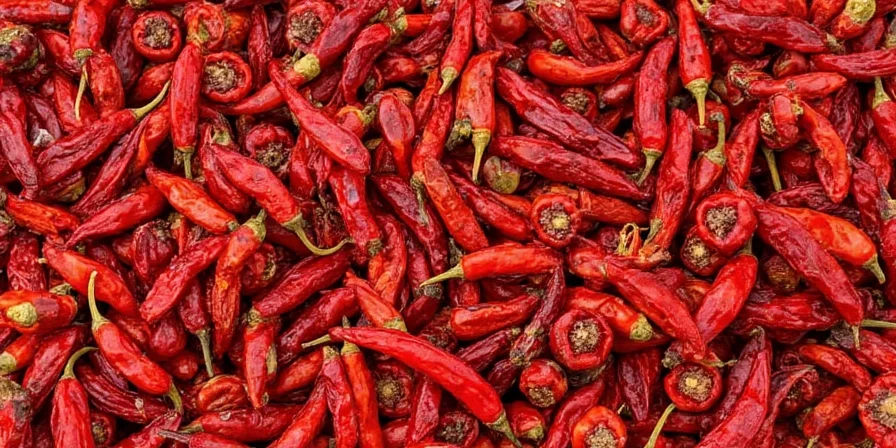
Spice It Up (But Store It Right!): How to Keep Dried Chilies Fresh
Dried chilies aren’t immortal. Sure, they’ll last longer than your gym motivation, but improper storage can kill their flavor and potency. Crucially, moisture exposure degrades capsaicin compounds faster than light or heat—this key detail is often overlooked in generic storage advice.
Storage Do's:
- Airtight Containers: Store whole dried chilies in glass jars or resealable bags with oxygen absorbers.
- Cool & Dark: Keep them away from sunlight and heat sources—like under the stove, not next to it.
- Freeze 'Em: If you want to preserve them for over a year, freeze them in vacuum-sealed bags.
Storage Don'ts:
- Don’t leave them in plastic bags in the pantry. Humidity is the enemy.
- Don’t store them near strong-smelling spices. They'll absorb smells faster than your white socks after a long hike.
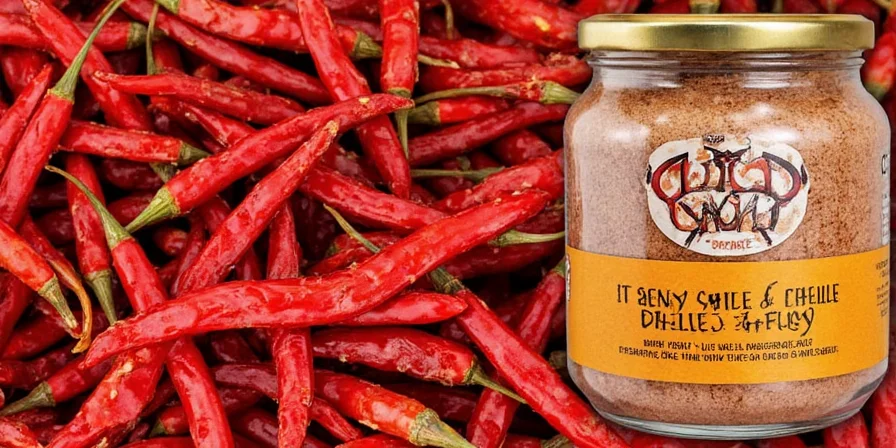
From Mole to Marinades: Creative Ways to Use Dried Chilies
Think beyond the taco. Dried chilies can do so much more than just add heat—they bring depth, color, and soul to your cooking. Historically, drying chilies wasn’t just about preservation; it concentrated volatile compounds that create unique flavor dimensions unavailable in fresh peppers. This ancient technique enabled global spice trade routes centuries before modern refrigeration.
Top Uses for Dried Chilies:
- Homemade Chili Oil: Infuse oil with crushed chilies for a fiery condiment.
- Rubs & Seasonings: Grind dried chilies into powder and mix with salt, garlic, and herbs.
- Paste Power: Rehydrate, blend with vinegar or oil, and use as a paste in braises or dips.
- Chili Vinegar: Steep sliced chilies in vinegar for weeks—great for pickling and dressings.
- Infused Spirits: Toss a few in a bottle of tequila or vodka for DIY spicy cocktails.

Chili Heat 101: Scoville Scales, Seeds & Sensory Survival Tips
You’ve seen the Scoville scale. You’ve heard terms like capsaicin and endorphins. But let’s get real: what makes chilies hot, and how can you control the burn?
Heat Facts:
- Capsaicin: Found mainly in seeds and inner membranes. That’s where the fire lives.
- Scoville Scale: Measures pepper heat. Bell peppers = 0; ghost peppers = 800,000–1,041,427 SHU (Scoville Heat Units).
- Water Doesn’t Help: Capsaicin is fat-soluble, not water-soluble. Drink milk or eat dairy if you’re burning up.
How to Reduce Heat:
- Remove seeds and inner ribs before using.
- Toast lightly—this enhances flavor but doesn’t increase heat (more on this later).
- Dilute the dish with acid (lime juice), dairy (yogurt), or starch (rice).
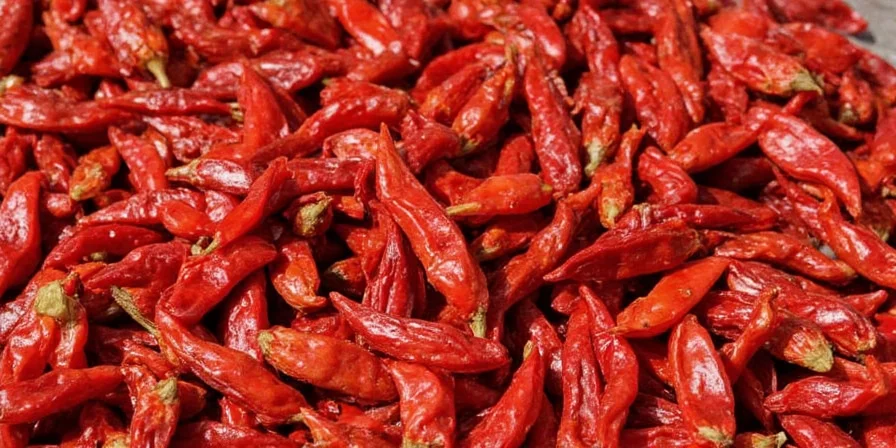
Debunking Myths: Does Toasting Make It Hotter? And Other Common Misconceptions
Time to bust some myths before you go around roasting your chilies thinking it will set your mouth on fire forever.
Myth vs. Fact:
| Myth | Fact |
|---|---|
| Toasting chilies increases their heat. | Nope! Toasting brings out flavor, not spiciness. The heat still comes from capsaicin, which remains stable during light roasting. |
| All red chilies are super spicy. | Color isn’t a reliable indicator. Some red chilies are sweet (like Ancho), while green ones can be wild (like Jalapeños). |
| Eating chilies causes ulcers. | Research shows capsaicin doesn’t cause ulcers and may protect stomach lining in healthy individuals, but can irritate existing ulcers. Most ulcers stem from H. pylori bacteria or NSAIDs. |
| If it’s big, it’s mild. | Size has zero correlation with heat. Sometimes the tiniest chilies are the fiercest. |
Handle with Care: Safety Tips for the Spice-Obsessed
Unless you want to experience eye-watering pain sans food, heed these safety tips:
- Wear gloves when handling extremely hot chilies.
- Avoid touching your face, especially eyes and nose.
- Wash cutting boards and knives immediately after use—don’t risk cross-contamination.
- Use separate utensils for raw and cooked foods if working with hot chilies.
- If burned, use dairy products like milk or yogurt to neutralize the burn, not water or oil.
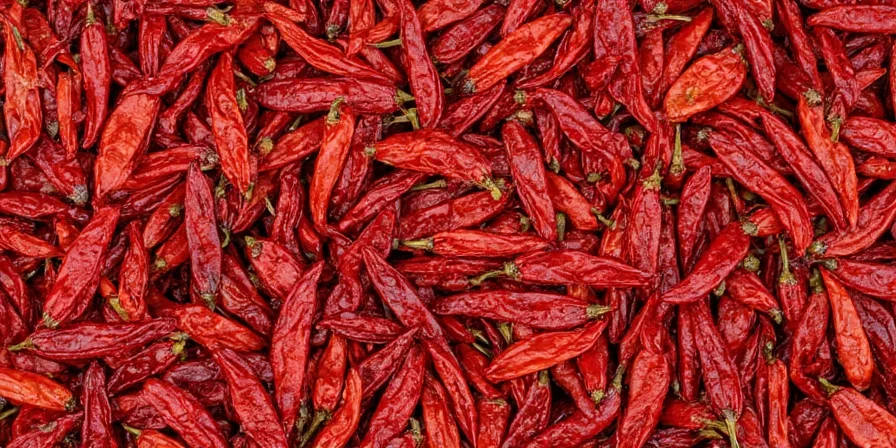
Frequently Asked Questions
How long do dried chilies last?
Properly stored in airtight containers away from light and moisture, dried chilies maintain peak flavor for 1-2 years. Freezing extends viability to 3+ years while preserving volatile compounds responsible for complex aromas.
Can I substitute fresh chilies for dried?
Yes, but use a 3:1 ratio (fresh to dried) since drying concentrates flavor. Note that dried chilies develop distinct compounds during dehydration that fresh peppers lack—so for authentic mole or adobo, dried varieties are irreplaceable.
Why does my chili oil lack heat?
Heat extraction requires sufficient contact time. Simmer chilies in oil for 15-20 minutes (below smoking point) to properly dissolve capsaicin. Whole chilies yield milder infusions; crushed chilies create intense heat.
How do I rehydrate chilies without losing flavor?
Cover chilies with hot (not boiling) water and steep for 15-20 minutes. Discard water afterward—this removes bitter compounds while retaining soluble flavors. For deeper infusion, use broth or citrus juice instead of water.
Conclusion: Fire Up Your Flavors and Fearlessly Explore the World of Dried Chilies
Dried chilies are more than just heat—they’re flavor bombs, history lessons, and culinary adventures wrapped in papery skins. This guide equips home cooks and meal-prep enthusiasts with scientifically informed techniques to maximize flavor preservation and heat control. By understanding the chemistry behind capsaicin extraction and degradation, you transform guesswork into precision.
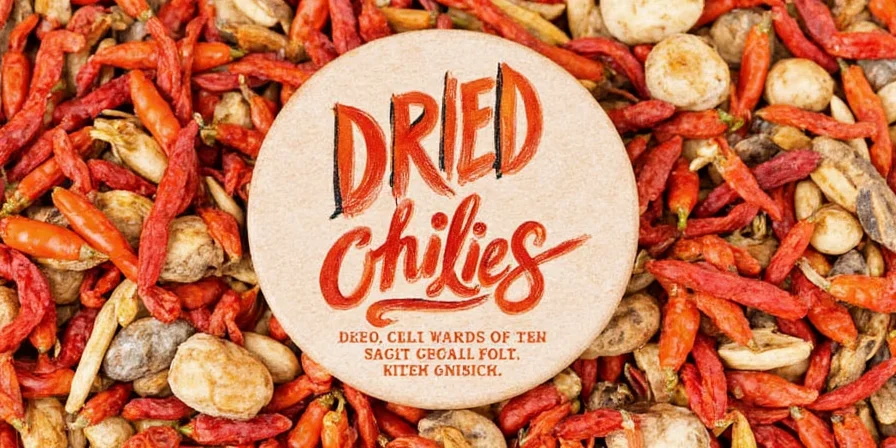
So stock your pantry, experiment boldly, and remember: the line between deliciously spicy and “I need ice cream, now!” is thinner than a jalapeño seed. Stay safe, stay curious, and above all—keep it spicy!

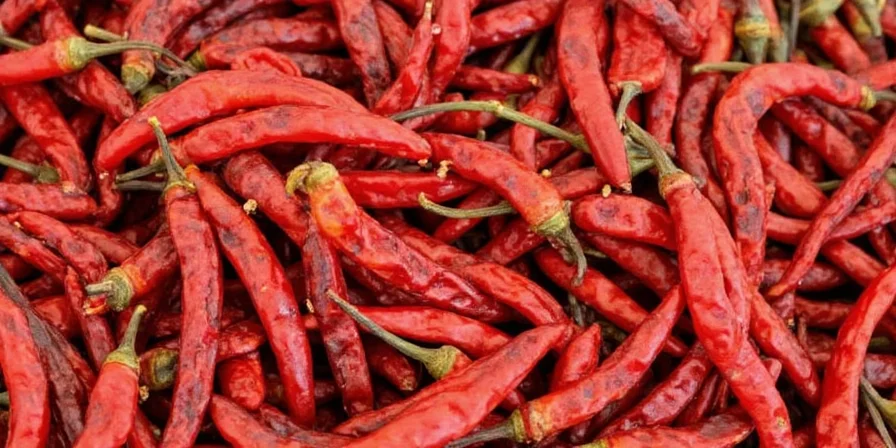









 浙公网安备
33010002000092号
浙公网安备
33010002000092号 浙B2-20120091-4
浙B2-20120091-4